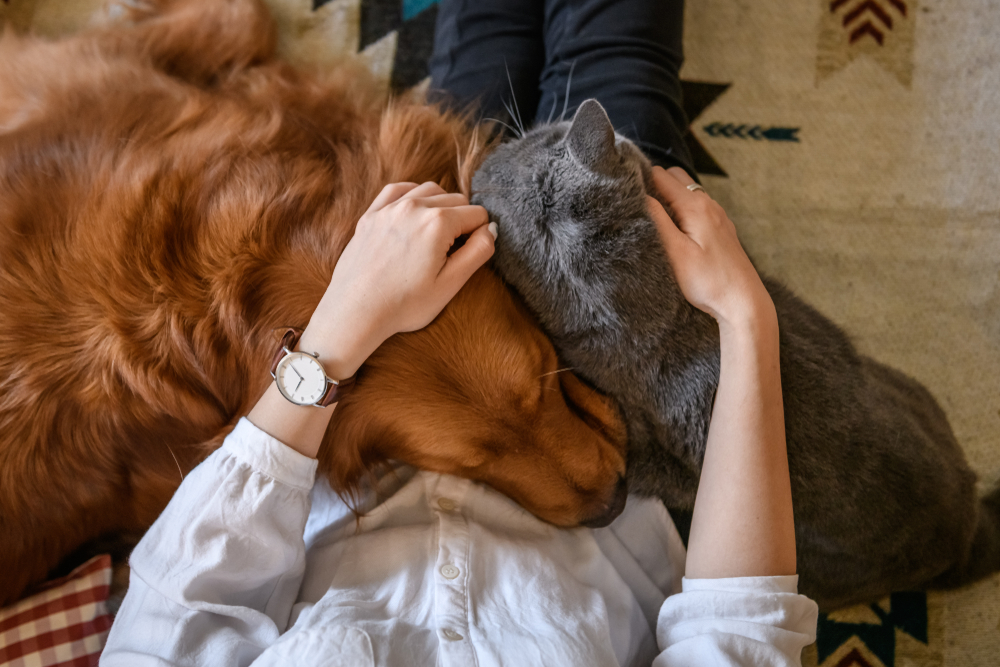
Most everyone knows what a Trust is – a legal way of holding property or funds for a beneficiary. Did you know there is a Trust for your pet? Creating a Pet Trust can help protect your pet or animals by setting aside funds for their care and appointing people to make sure your wishes are carried out: A Trustee to manage the funds; a Caregiver to take custody and care of your pet; and a Protector to oversee everything.
What is a Pet Trust?
A Pet Trust is a legally binding agreement providing for the care of your pets or animals in the event you die or become disabled. It’s like a Trust that is set up to benefit specific people or charities, called beneficiaries. In the case of a Pet Trust, it is set up to benefit your pets or animals.
Pet Trusts are allowed in all states, but laws may vary.
The creator of the Pet Trust is known as the Settlor (also called a trustor or grantor in some states). The Settlor appoints a Trustee – which can be the Settlor – to manage the Pet Trust. If you name yourself as the Trustee, which is typical, you can change your mind at any time and take out your assets as long as you have capacity – the ability to understand and make decisions.
The Trustee holds funds that you have placed in the Pet Trust for the care of your pet. You specify exactly how you want these funds to be spent by the caregiver: grooming, food, veterinary care, boarding, etc. You can also provide such detailed information as to what type of food to feed your pet, when or where to take your pet for a walk, and any other routines.
Why Should I Have a Pet Trust?
If you become ill or incapacitated and cannot take care of your pet, or if you pass away, the Pet Trust kicks in and ensures your pet or animals will be cared for. This document also allows you to name a Caregiver who will take care and custody of them upon your death or incapacitation.
The Pet Trust gives authority to your pet’s Caregiver to carry out your wishes for its care in your absence. Should your pet need medical attention, you can detail what type of treatment you do or do not want and set limits as to spending. You can even provide instructions for end-of-life care, when to cease treatments, and burial or cremation arrangements.
Like any other estate planning document, a Pet Trust is a legal instrument that gives you the power to provide care for your pets when you cannot.
Trustee, Caregiver, Trust Protector – What’s the Difference?
There are three appointees that you could make when creating a Pet Trust – each having a specific role. Here is a breakdown:
- Trustee – This is the person who manages the assets in the Trust. The Trustee is responsible for carrying out the terms in the Pet Trust and making sure the funds are being spent accordingly.
- Caregiver – You appoint someone you trust to take care and custody of your pet or animals. This person’s responsibility is to adhere to the instructions you provided in the Pet Trust to care for all your pet’s needs. You may want to name a successor Caregiver in case your first choice is not available when needed.
- Trust Protector – This person serves as the watchdog of the Trust, making sure the funds are being used to care for the pet as instructed in the Trust. The Trust Protector is the voice for your pet and holds the Trustee accountable for responsibly managing the funds and terms of the Trust.
Pets Depend on Us
Our pets and animals completely depend on us – their owners – to feed and nurture them. In turn, they give us joy and companionship. If something happens to us and we cannot care for them, a plan needs to be in place to ensure they will be taken care of. A Pet Trust is a must for all pet owners to provide seamless care for our pets in the event we are unable to be with them.










